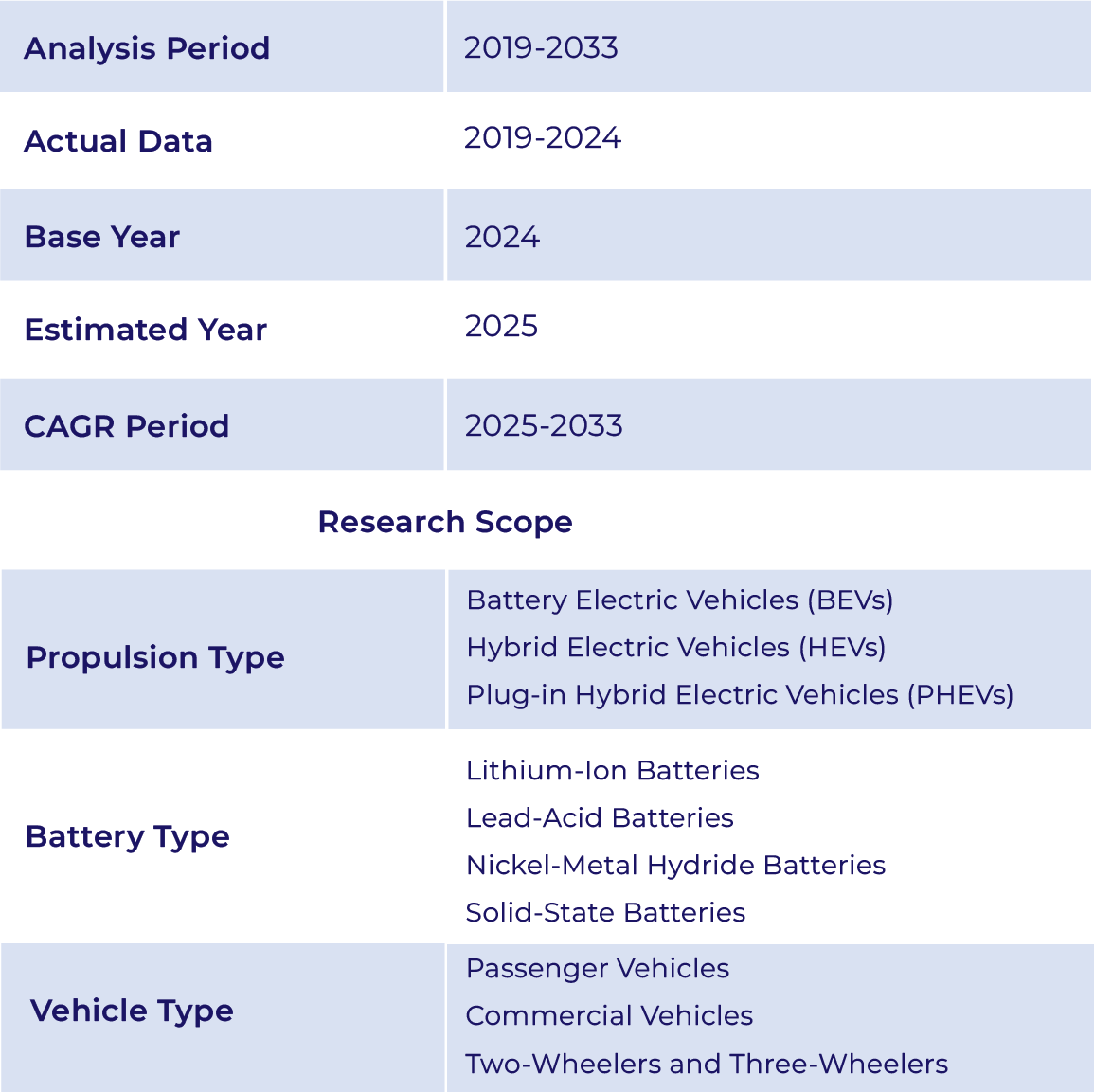Australia Electric Vehicle Battery Market Growth and Performance
- Revenue in the Australia EV battery market is estimated to stand at US$ XX billion in 2024.
- In 2023, the market size of the electric vehicle battery industry in Australia was US$ XX Million.
Australia Electric Vehicle Battery Market Outlook
The Australia Electric Vehicle Battery Market is experiencing rapid expansion, driven by increasing EV adoption, government incentives, and advancements in battery technology. With Australia’s commitment to achieving net-zero emissions, the demand for sustainable transportation solutions has surged, fostering significant investments in battery manufacturing and recycling. Key players in the industry are focused on developing high-energy-density batteries, improving charging infrastructure, and enhancing battery-swapping technologies to make EV ownership more practical. Moreover, collaborations between automakers and battery suppliers are streamlining supply chain efficiencies, reinforcing market growth. The integration of ultrafast charging and wireless charging solutions is further driving adoption, positioning the industry for long-term growth.
Australia Electric Vehicle Battery Market Drivers
The rising adoption of electric vehicles (EVs) in response to stringent emission regulations and climate commitments is a key driver. Government policies, including subsidies and incentives for EV buyers and manufacturers, are encouraging investments in battery production and recycling initiatives. Technological advancements, such as lithium-ion phosphate batteries with ultrafast charging capabilities, are enhancing battery efficiency and longevity, making EVs more viable for consumers. Additionally, partnerships between automakers and battery recyclers, such as Envirostream’s agreement with LG Energy Solution, are bolstering the sustainability of battery supply chains. The increasing focus on renewable energy integration with EV charging infrastructure is another crucial factor shaping market expansion.
Australia Electric Vehicle Battery Industry Trends
EV industry in Australia is undergoing transformative shifts, driven by emerging technologies and evolving industry dynamics. Battery swapping technology, pioneered by companies like Nio, is emerging as a viable solution to reduce charging downtime. The integration of bidirectional chargers, such as Wallbox’s Quasar 2, allows EVs to serve as backup power sources, enhancing grid stability. The adoption of 800-volt battery architectures by automakers like Volvo and Zeekr is revolutionizing charging speeds, significantly reducing wait times for EV users. Additionally, advancements in wireless charging technology, spearheaded by WiTricity, are paving the way for more convenient and efficient charging solutions. Recycling initiatives, including Lithium Australia’s exclusive battery recycling deal with Infinitev, underscore the industry’s commitment to sustainability and circular economy principles.
Australia Electric Vehicle Battery Industry Development
Ongoing advancements in the Australia electric vehicle battery industry underscore its dynamic expansion and continuous innovation. For instance, in March 2024, Lithium Australia entered an exclusive battery recycling agreement with Infinitev, reinforcing the importance of sustainable battery disposal and material recovery. Also, in April 2024, Envirostream, a subsidiary of Lithium Australia, secured a three-year deal with LG Energy Solution to recycle used lithium-ion batteries from EVs and energy storage systems. This move is expected to significantly boost the recycling sector and support a circular battery economy.
Furthermore, in May 2024, Zeekr’s breakthrough in ultrafast charging and Volvo’s ES90 model featuring an 800-volt architecture demonstrate the ongoing advancements in battery technology. The increasing presence of battery swapping and bidirectional charging solutions reflects the industry's shift towards greater efficiency and user convenience. These developments are collectively driving the Australia Electric Vehicle Battery Market Growth and ensuring a robust future for the industry.
Australia Electric Vehicle Battery Market Scope







